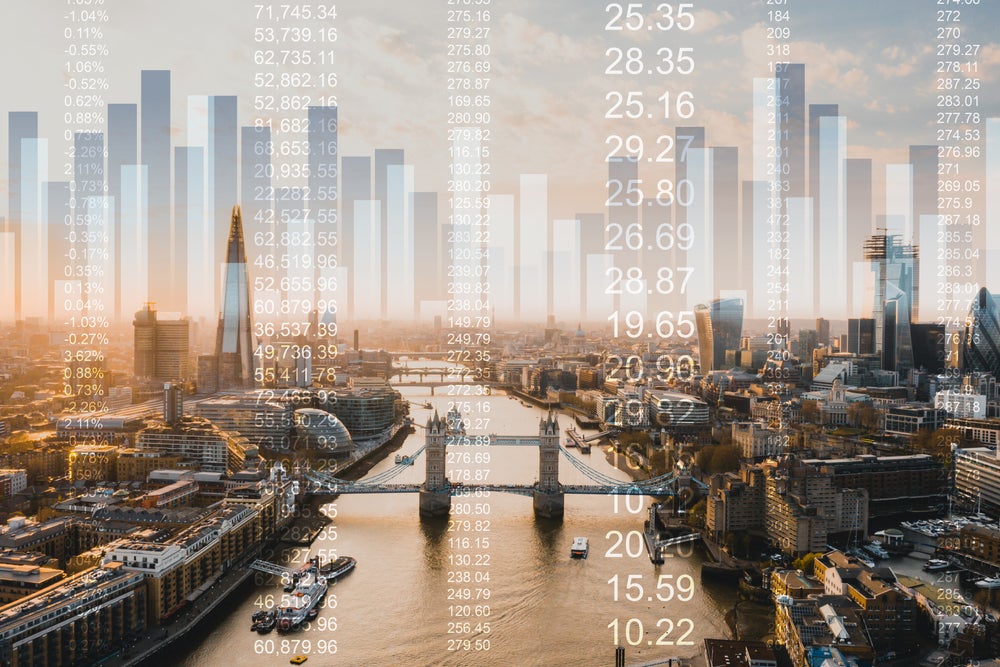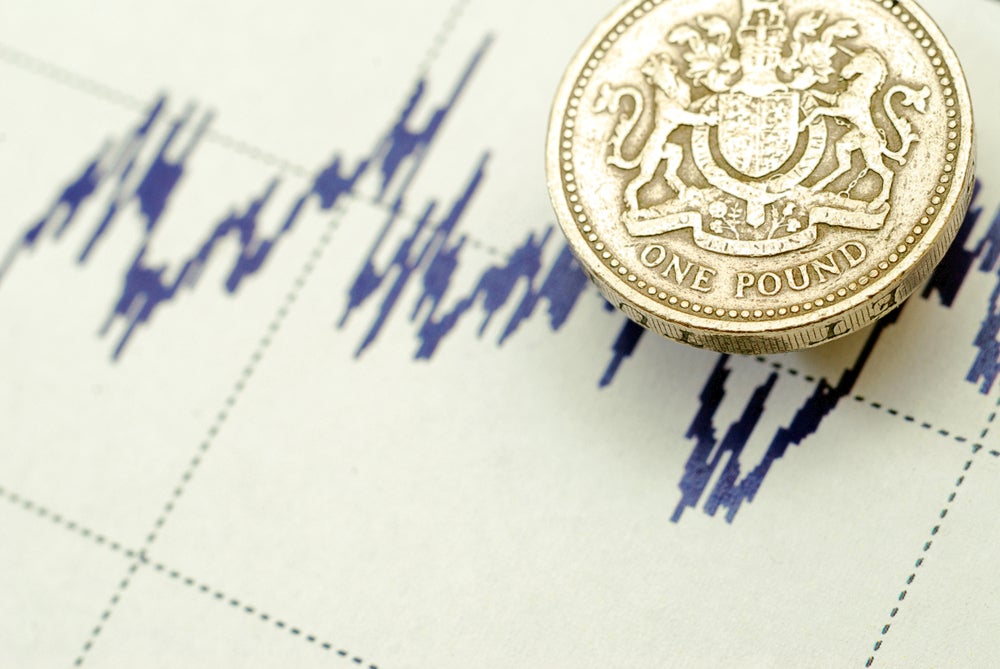
After a subdued year for dealmaking in 2023, during which private equity M&A volumes dropped to a 10-year low, a change is in the offing, according to a whitepaper from Goldman Sachs Global Banking & Markets.
Interest rates are expected to stabilise, reducing the cost of borrowing, and company balance sheets are strong. The volume of “dry powder” – capital raised but not spent – has resulted in pent-up demand. Alternatives dry powder is estimated at $3.9 trillion, with PE and private credit hovering at $1.2 trillion and $443 billion respectively, as of March 28, 2024, according to Preqin.
This dry powder is among factors that have begun driving dealmaking, with M&A volumes up 34% in the first quarter, year-on-year. The continued desire by private equity firms to monetise their portfolios and return capital to limited partners (LPs) is generating both urgency and risk appetite. In the US, there is also an eagerness to complete deals ahead of the presidential election.
The rebound in M&A activity will likely borrow from some of the nontraditional deal structures and flexible financing solutions seen during the slowdown in 2022 and 2023. Already, in the first quarter of the year, “we saw a series of interesting sponsor M&A transactions including public-to-private, sponsor-to-sponsor, and strategic acquisitions of portfolio companies,” said Americas Financial and Strategic Investors Group head, Rob Pulford.
Meanwhile, the GS IPO Issuance Barometer, tracked by Goldman Sachs Research and updated monthly, rose to 137 (scaled at 100 as the typical IPO frequency) in March, the highest level since February 2022. The barometer measures how conducive the macro environment is for new IPOs. Although outlier risks remain, baseline macro forecasts suggest IPO momentum will continue.






